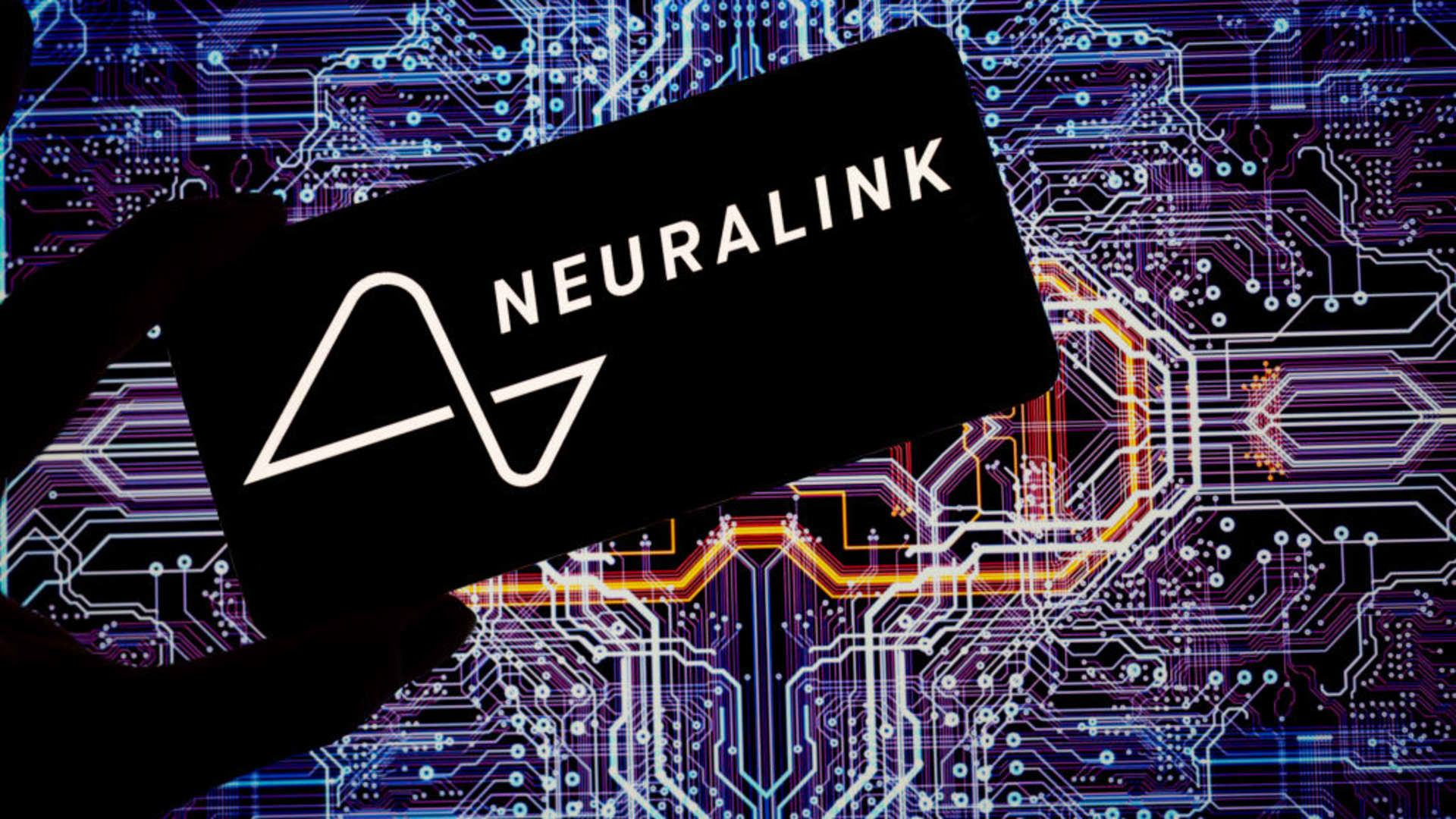Neuralink's first in-human brain implant has experienced a problem, company says

🌈 Abstract
The article discusses a malfunction in Neuralink's brain implant device after it was implanted in a human patient for the first time.
🙋 Q&A
[01] Neuralink's Brain Implant Malfunction
1. What happened with Neuralink's brain implant after it was implanted in a human patient?
- A number of threads from the brain implant retracted from the patient's brain in the weeks following the first in-human procedure.
- This meant there were fewer effective electrodes, which inhibited Neuralink's ability to measure the speed and accuracy of the device.
2. How did Neuralink respond to the issue?
- As a workaround, Neuralink modified the recording algorithm, enhanced the user interface, and worked to improve techniques for translating signals into cursor movements.
- Neuralink reportedly considered removing the implant, but the problem hasn't posed a direct risk to the patient's safety.
3. How is the patient using the brain implant device currently?
- Despite the thread retraction, the patient is using Neuralink's brain-computer interface system for around 8 hours a day during the week, and often as many as 10 hours a day on the weekends.
- The patient described the device as a "luxury overload" and said it has helped them "reconnect with the world."
[02] Neuralink's Brain-Computer Interface Technology
1. What is Neuralink's brain-computer interface technology?
- Neuralink has built a brain-computer interface that could eventually help patients with paralysis control external technology using only their minds.
- The system, called the Link, records neural signals using 1,024 electrodes across 64 "threads" that are thinner than a human hair.
2. How does Neuralink's technology compare to other brain-computer interface efforts?
- Neuralink is not the only company building a brain-computer interface system, and the technology has been explored in academic settings for decades.
- Neuralink has a long road of safety and efficacy testing ahead before it can be eligible for approval from the FDA to commercialize the technology.
Shared by Daniel Chen ·
© 2024 NewMotor Inc.